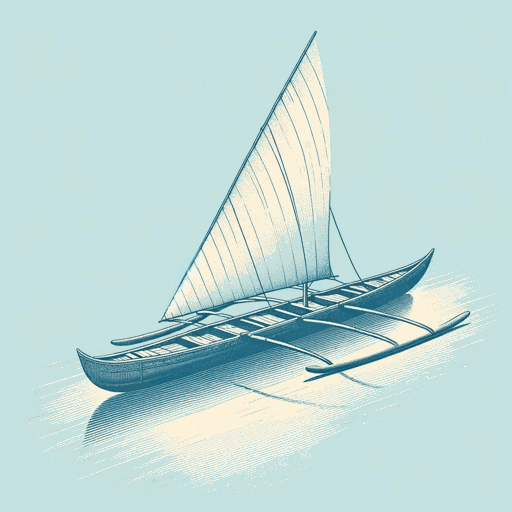50 pages • 1 hour read
Wade DavisThe Wayfinders: Why Ancient Wisdom Matters in the Modern World
Nonfiction | Book | Adult | Published in 2009A modern alternative to SparkNotes and CliffsNotes, SuperSummary offers high-quality Study Guides with detailed chapter summaries and analysis of major themes, characters, and more.
Symbols & Motifs
The Ethnosphere
Davis introduces the ethnosphere in his first lecture. The ethnosphere, a human corollary to the biosphere and similarly at risk, is the “social web of life” (2). Comprised of all the earth’s diverse cultures, the ethnosphere represents the “sum total of all thoughts and dreams, ideas and intuitions, myths and possibilities brought into being by the human imagination since the dawn of consciousness” (2). Extinction rates in the ethnosphere, measured by the death of languages, are even greater than in the biosphere. As Davis writes, “one cannot make a rainforest park of the mind” (192-93) as one might to protect endangered species. Once the languages, thoughts, and worldviews of these cultures are gone, they are gone forever. Davis views the ethnosphere as just as integral to the continuation of life on this planet as the biosphere. Just as the biosphere maintains the fragile food web and atmospheric conditions that make the planet habitable, the ethnosphere maintains the beliefs, practices, mythologies, and intuitions that have defined humanity since its emergence.
The Hokule’a
The Hokule’a is a working replica of the “great seafaring canoes of ancient Polynesia” (35-36). Named after the Hawaiian word for Arcturus, “the sacred star of Hawaii” (35), the Hokule’a is “a double-hulled open-decked catamaran 62 feet long, 19 feet wide, lashed together by some 8 kilometres of rope, with a fully loaded displacement of some 24,000 pounds” (36).

